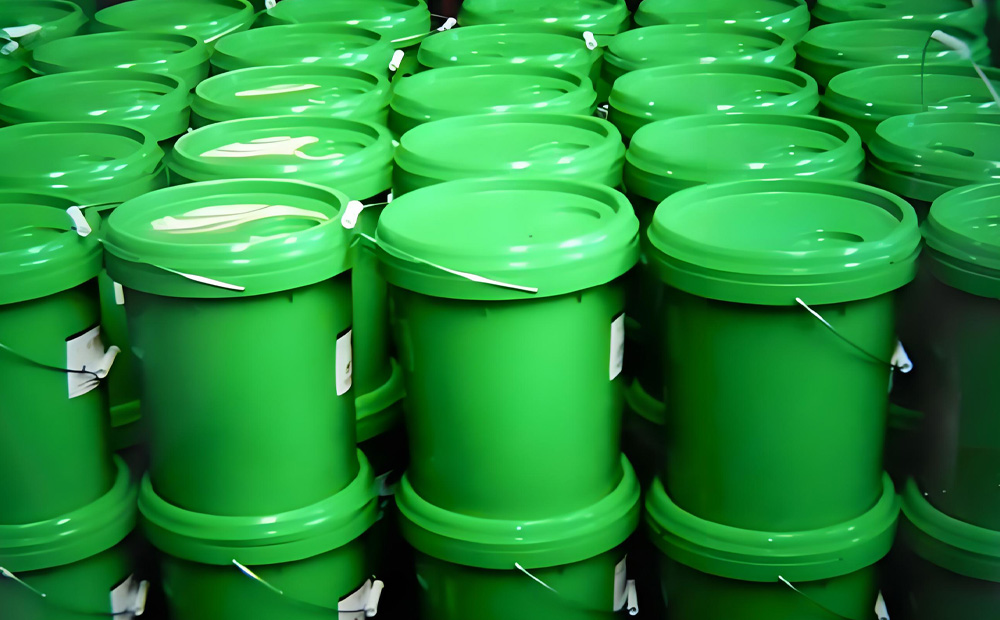UV (Ultraviolet) ink, as an environmentally friendly and efficient printing material, has been widely applied in multiple printing fields. However, during the printing process using UV ink, the issue of ink drying on the water roller may sometimes occur, which not only affects printing quality but may also lead to equipment malfunction. Below is a detailed analysis of the causes of UV ink drying on the water roller.
I. Characteristics of UV Ink
UV ink dries through polymerization of monomers in the ink vehicle into polymers under ultraviolet light of different wavelengths and energies. UV ink boasts rapid drying speed, good gloss, vibrant colors, water resistance, solvent resistance, and abrasion resistance. Additionally, UV ink selectively absorbs UV light, and its drying effect is influenced by the total energy of the UV light radiated and the energy distribution of different wavelengths.
II. Role and Characteristics of Water Roller
The water roller is a component in printing machines used to absorb surface water. It is typically made of porous material with interconnected micropores, possessing excellent water absorption and corrosion resistance. The rotation amount and surface condition of the water roller significantly impact printing quality. During offset printing, the water roller, along with the printing plate and dampening roller, works together to maintain ink-water balance and ensure print quality.

III. Causes of UV Ink Drying on Water Roller
Poor Ink Emulsification: The emulsification of UV ink is crucial to the printing process. Poor emulsification can lead to adverse interactions between the ink and water on the water roller's surface, causing the ink to dry on the roller.
Excessive Water Supply During Printing: Excessive water supply during printing disrupts the ink-water balance, resulting in too much water on the water roller's surface. This excess water enhances the interaction between the ink and the water roller, accelerating the ink's drying process.
UV Light Exposure: UV ink rapidly cures under ultraviolet light. If the water roller is positioned close to the UV light source or if the UV light shines directly on the water roller, it can cause the ink to dry quickly on the roller.
High Ink Viscosity: The viscosity of UV ink significantly impacts the printing process. Excessively high viscosity can make it difficult for the ink to distribute evenly on the water roller, increasing the risk of ink drying.
Water Roller Material and Condition: The material and condition of the water roller also affect ink drying. Poor material quality or severe wear on the water roller's surface can reduce its ability to adsorb ink, increasing the likelihood of ink drying on the roller.
IV. Solutions
Improve Ink Emulsification: Add appropriate amounts of water-resistant additives to the ink to enhance its emulsification, reducing adverse interactions between the ink and water roller.
Adjust Water Supply During Printing: Reasonably adjust the water supply based on printing requirements and ink characteristics to maintain ink-water balance.
Optimize UV Light Source Layout: Arrange the UV light source rationally to avoid direct exposure to the water roller, reducing the risk of ink drying on it.
Adjust Ink Viscosity: Based on printing requirements and equipment conditions, reasonably adjust the ink viscosity to ensure even distribution on the water roller.
Replace Water Roller: Regularly inspect and replace the water roller to ensure its surface material and condition are good, improving its ink adsorption capacity.
In summary, the causes of UV ink drying on the water roller are multifaceted, requiring comprehensive analysis and solutions from aspects such as ink characteristics, printing water supply, UV light source layout, ink viscosity, and water roller material and condition. By taking effective measures, the printing process can proceed smoothly, improving print quality.